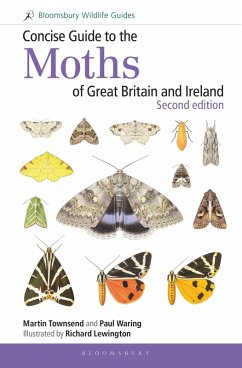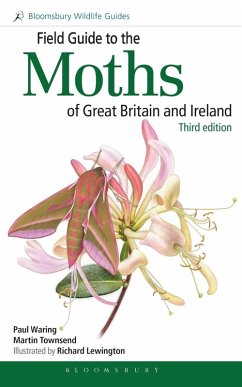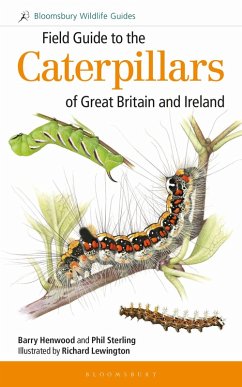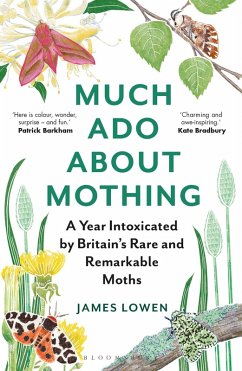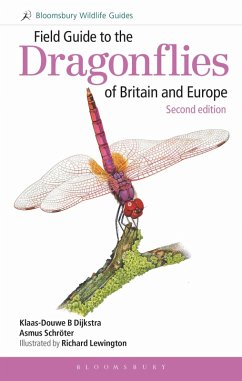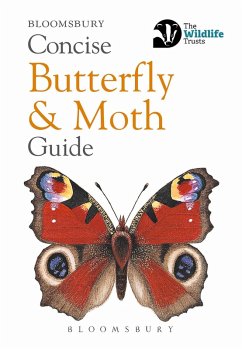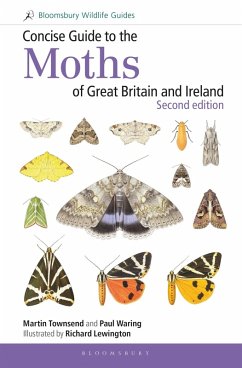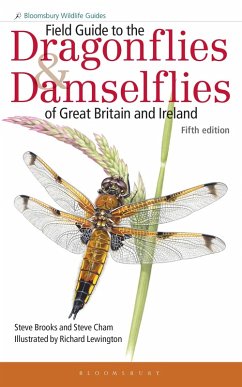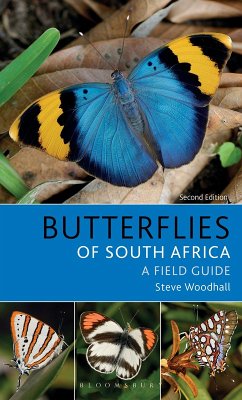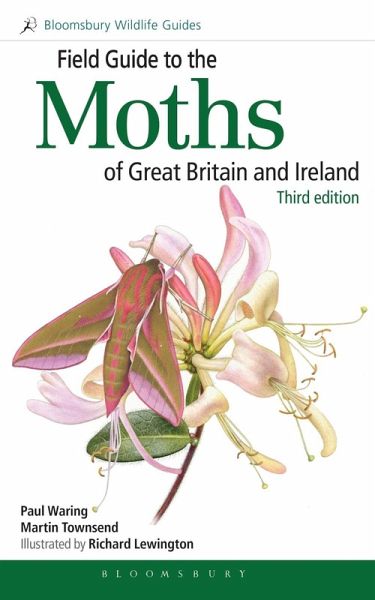
Field Guide to the Moths of Great Britain and Ireland (eBook, PDF)
Third Edition
Illustrator: Lewington, Richard
Versandkostenfrei!
Sofort per Download lieferbar
28,95 €
inkl. MwSt.
Weitere Ausgaben:

PAYBACK Punkte
14 °P sammeln!
Third edition of the most comprehensive and authoritative guide to the larger moths of Great Britain and Ireland. This latest edition of the Field Guide to the Moths of Great Britain and Ireland has been fully revised, updated and restructured, bringing it in line with the latest thinking in taxonomy. Moths are illustrated in their natural resting postures, and there are also paintings of different forms, underwings and other details to help with identification. New descriptions and illustrations have been included for species that have been newly recorded in Britain and Ireland since the last...
Third edition of the most comprehensive and authoritative guide to the larger moths of Great Britain and Ireland. This latest edition of the Field Guide to the Moths of Great Britain and Ireland has been fully revised, updated and restructured, bringing it in line with the latest thinking in taxonomy. Moths are illustrated in their natural resting postures, and there are also paintings of different forms, underwings and other details to help with identification. New descriptions and illustrations have been included for species that have been newly recorded in Britain and Ireland since the last edition of the guide was published. The text descriptions of all other species - covering field characters and similar species, flight season, life cycle, larval foodplants, and habitat - have been revised and updated where necessary, and particular attention has been paid to updating the distribution information, which is now supported by maps. The revised general introduction explains how the methods of identifying and recording moths have evolved over recent years with the advent of new technologies and as a result of data analysis.




